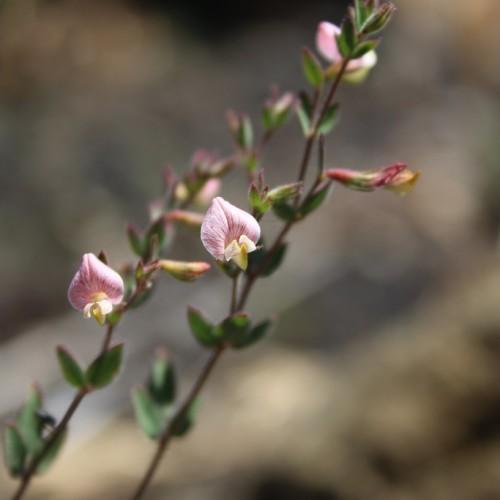
American Bird's-Foot Trefoil
Acmispon americanus
Watering:
Frequent
Hardiness Zone:
Sun:
full sun,part shade
Leaf:
Yes
Growth Rate:
High
Drought Tolerant:
Yes
Salt Tolerant:
Yes
Invasive:
Yes
Care Level:
Medium
watering
American Bird's-Foot Trefoil is a drought-tolerant plant species and requires very little water, especially once established. However, when it is actively growing and in the heat of the summer, it should be watered regularly. This should be done by soaking the soil deeply and thoroughly once every 7-10 days. During extended dry periods or very hot and dry conditions, watering may need to be done more often. Make sure that the soil is allowed to dry somewhat in between waterings. Overwatering can lead to root rot and other problems, so it's important not to water too often or too much.
sunlight
American Bird's-Foot Trefoil (Acmispon americanus) can tolerate a range of light intensities. It prefers full sun, meaning it should get 6 to 8 hours of direct sunlight per day. Too much direct sunlight may cause the plant to wilt, and it should be sheltered from extreme midday sun and midday summer heat. Early morning and late afternoon sun is still beneficial. In areas with hot summers, it may need some afternoon shade to thrive.
pruning
American Bird's-Foot Trefoil (Acmispon americanus) may need to be pruned each season to encourage new growth. The best time to prune is late spring or early summer. This will help encourage flowering. Pruning should be minimal, just trimming out any dead, diseased, or damaged branches. Thin out overcrowded canopies to allow air and light to pass through. Cutting back leaves can also help prevent disease and pest problems. Prune away any lower growth that is unruly and that may be competing with the desired central leader for energy. When pruning, be sure to use clean, sharp pruning tools and make cuts just above a bud or lateral branch. This will result in a much more attractive looking shrub.
